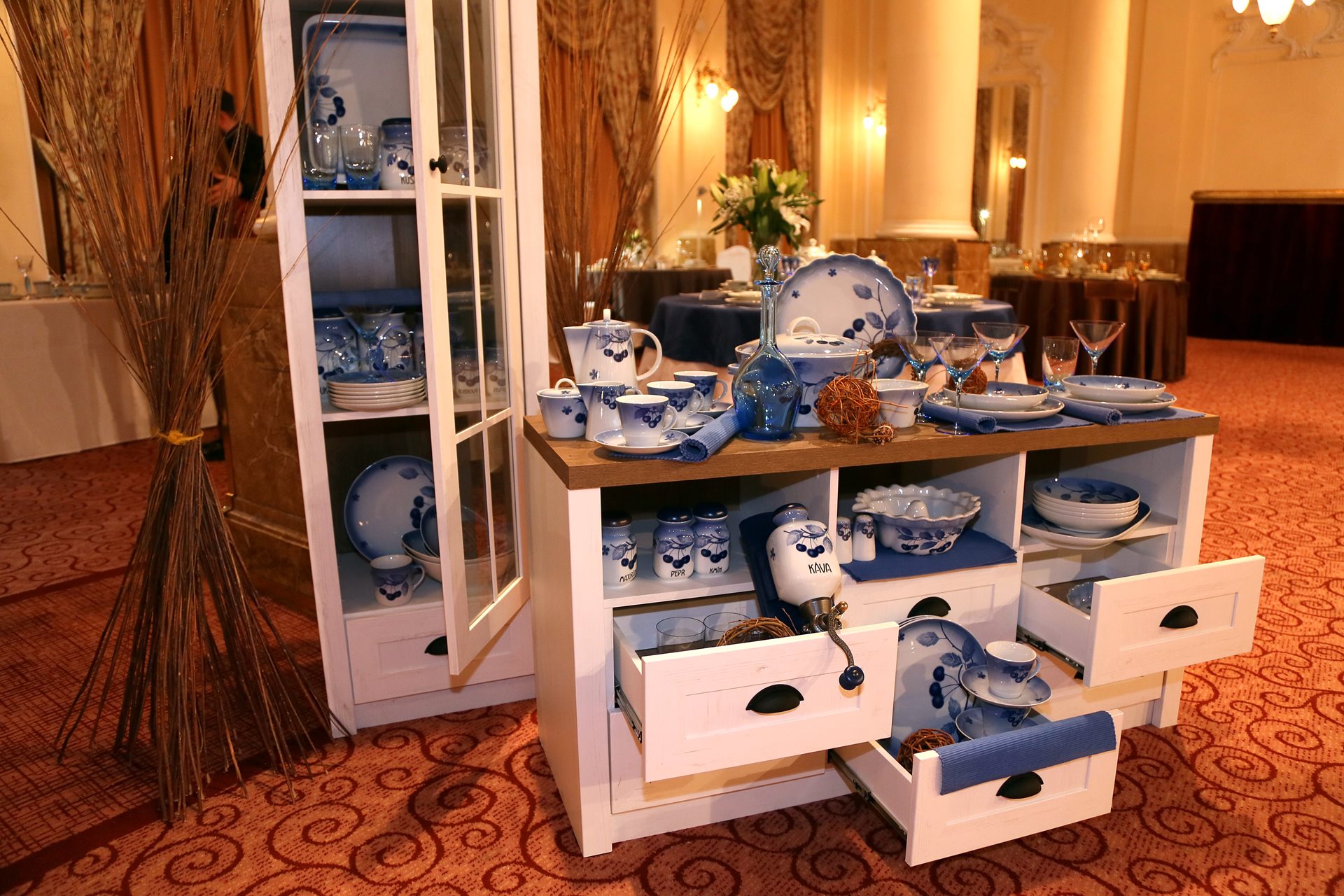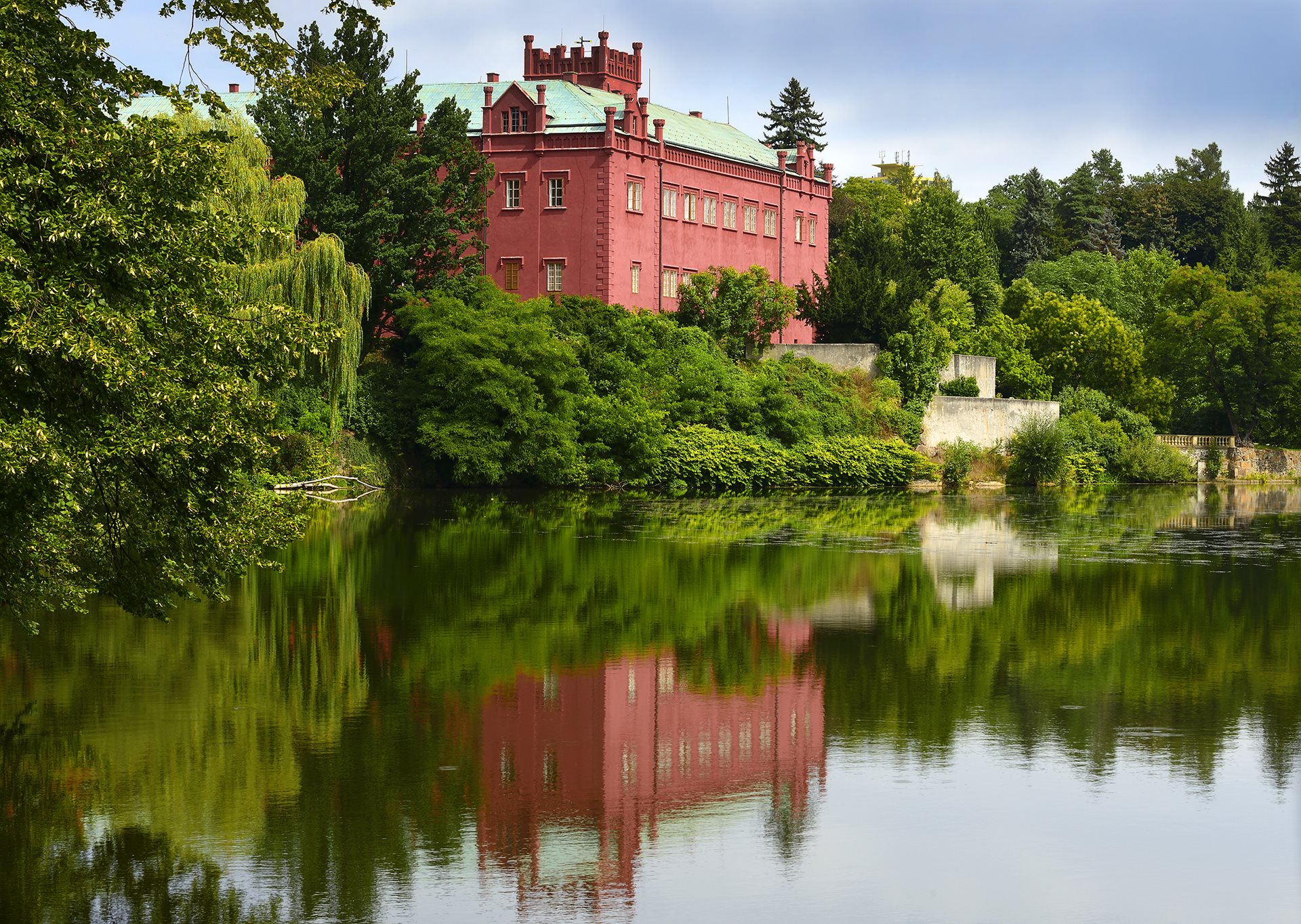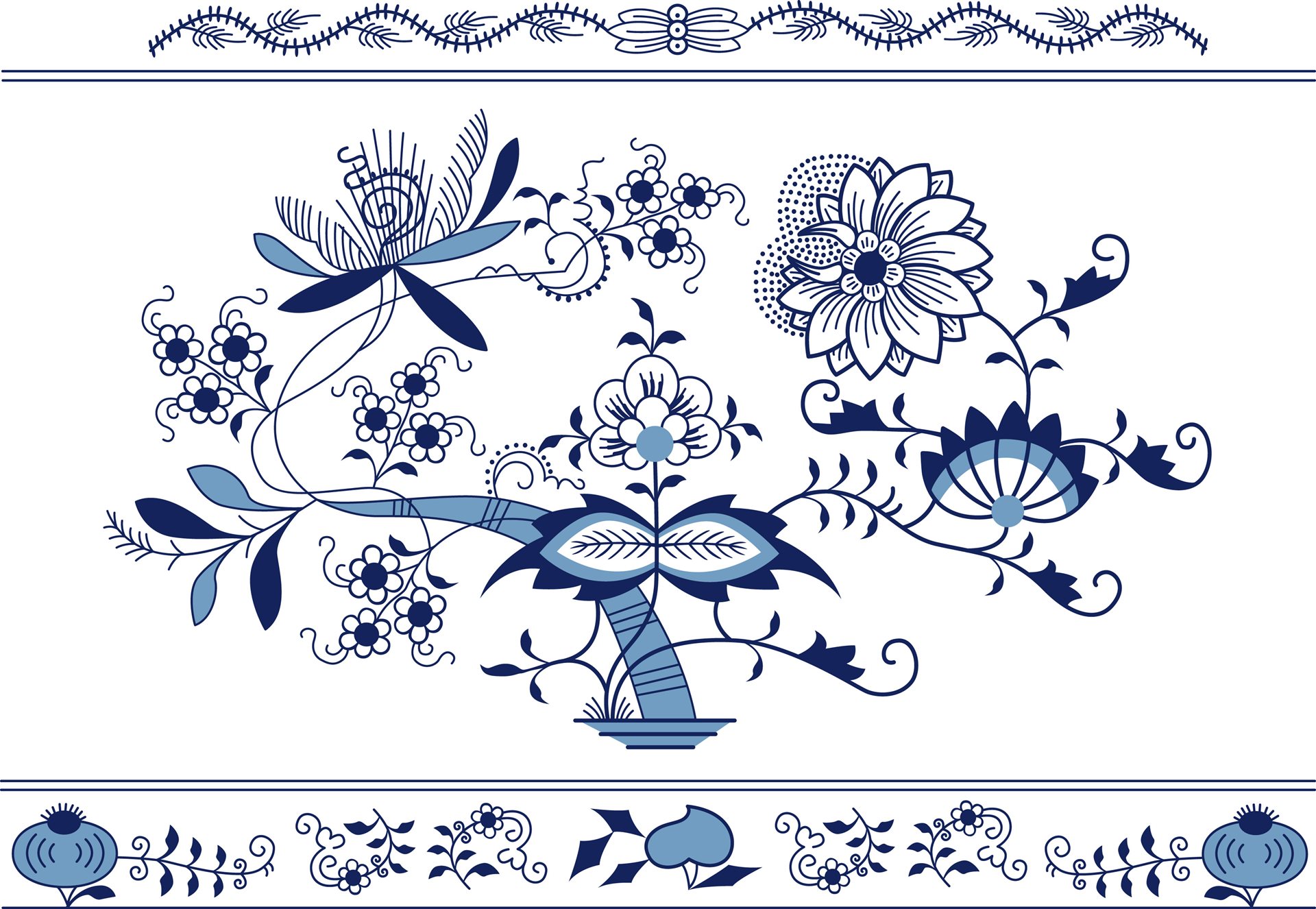Porcelain. A word that still takes your breath away. Since the Middle Ages, when China's first porcelain appeared in Europe, everyone has longed for these fragile pieces of crockery and decorations. The production process had long been unknown, but over time, it was discovered and at the beginning of the 18th century, the first European porcelain saw the light of day. Porcelain has a tradition of about two hundred years in the territory of today's Czech Republic. Some manufactories have disappeared, others still exist to this day. We will now introduce you to the Czech way to porcelain.
Thun – the first porcelain manufacturer
Not far from Karlovy Vary in west Bohemia, you will find the town of Klášterec nad Ohří. And it was there in 1794 that a porcelain factory was founded. It is named after one of its owners, Count František Thun. Today, the Thun 1794 brand unites three porcelain manufacturers, and its headquarters are still near Karlovy Vary in Nová Role. It produces porcelain for both domestic use as well as special hotel porcelain, which is more durable thanks to its adapted firing temperature of 1405 degrees Celsius. If you are interested in the production of Czech porcelain, we recommend the tour circuit and stopping by the visitor centre of Thun 1794 in Nová Role, where you will get acquainted with the traditional methods of porcelain production directly in the authentic environment of the production factories, where you will see how the products are created. The visitor circuit leads through the administrative building through the showroom directly to the production factory. You can then buy a small souvenir in the company's factory store, which is one of the largest current porcelain factories in Central Europe. Twice a year (May, September), traditional Porcelain festivities are held in front of the Grandhotel Pupp in Karlovy Vary, which showcase the current porcelain production.
A little on porcelain history
So where to go if you want to learn more about the roughly 200-year history of porcelain production of west Bohemia? Try the castle in Klášterec nad Ohří. The main attraction of the local castle is the Porcelain Museum with its collection of Czech porcelain. It is located in 21 halls on the first floor. An almost comprehensive production of Czech manufactories and porcelain factories is exhibited in period display cases and interior rooms. Both the contemporary ones as well as those that no longer exist. As part of the porcelain tour, you will also get acquainted with a sample of Chinese, Japanese and European porcelain and with an exhibition of the beginnings of porcelain production outside Asia from the 17th to the 19th century.
Czech blue onion porcelain – not just a Czech classic
Porcelain featuring a blue decor is called cibulák in Czech (the Czech word for onion). It first appeared on the dining tables of our ancestors 280 years ago, but it has only been produced in the Czech Republic since 1885 in a porcelain factory in Dubí near Teplice in west Bohemia. Where did blue onion porcelain – with its typical blue-white pattern - actually come from? The onion-like patterns, hand-painted blue underglaze, had been adopted by European artists from original Chinese designs. Although it is called onion porcelain, you will not find any actual onions in the design. What you will find are pomegranates. They are combined with Japanese peaches, chrysanthemum or aster flowers and buds and with peonies winding around bamboo sticks. European porcelain has adapted the appearance of exotic plants to the local taste, but East Asian roots are still evident in this porcelain.
House of Porcelain with blue blood in Dubí
Today in Dubí, in addition to the porcelain factory, you will also find the House of Porcelain with Blue Blood. It is a porcelain museum that also houses lecture halls and other teaching spaces. This centre is mainly used to present an exhibition dedicated to the history of porcelain production with the typical blue pattern in the region nestled below the Ore Mountains. For groups of 6 people or more, you can arrange an expert tour in the production facility of Český porcelán, a.s., which will introduce you to the production of blue onion porcelain. Porcelain in Dubí also organises porcelain fairs and other events, you can also use several shorter Porcelain Trails. They will take you to other interesting places in the area.With the opening of the Porcelain House with Blue Blood, Dubí became one of the stops on the Porcelain Road, which connects places linked to porcelain production. It follows the 550 km long Porzellanstraße, which connects porcelain factories, porcelain museums and large production plants in Germany.










